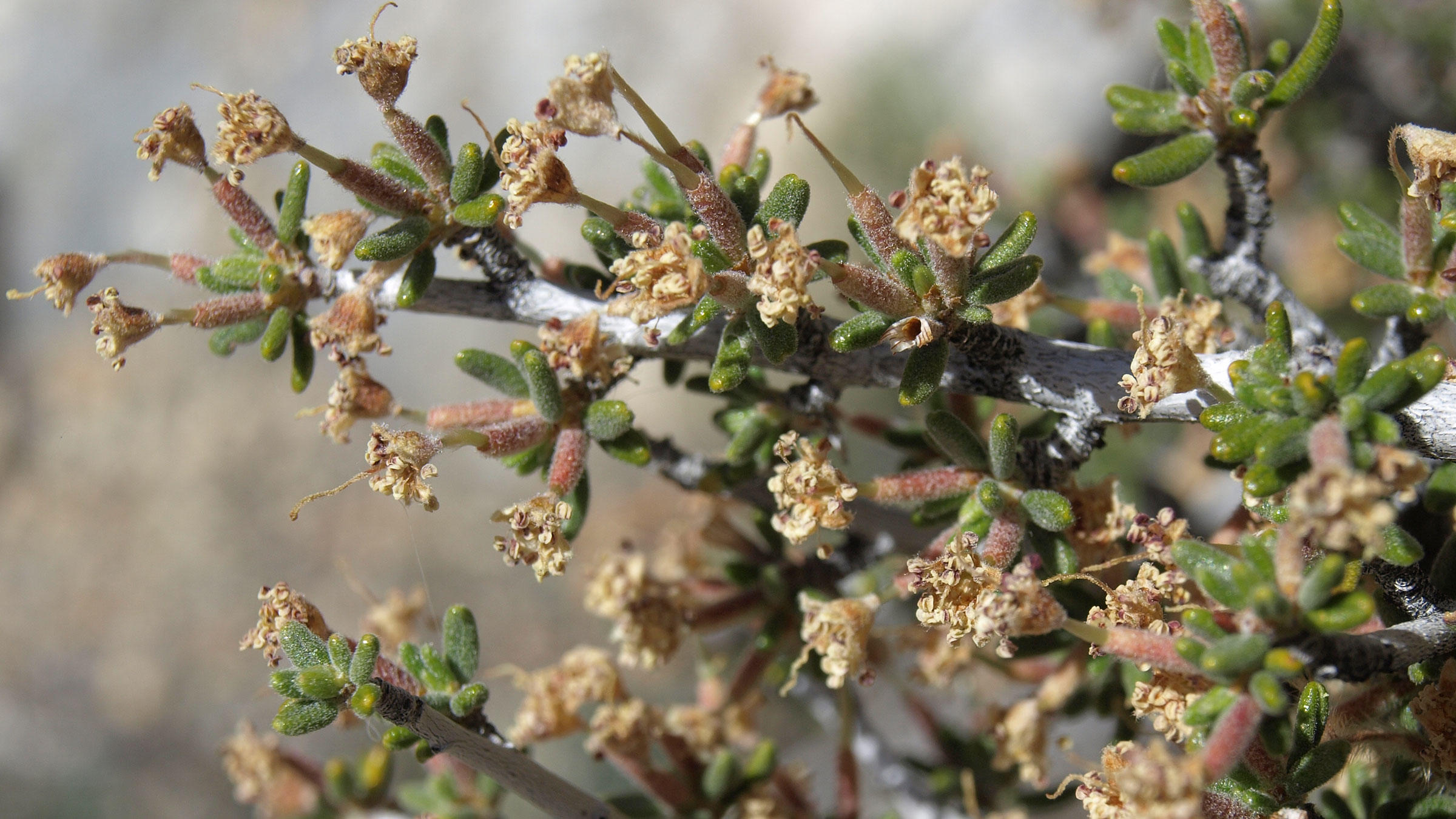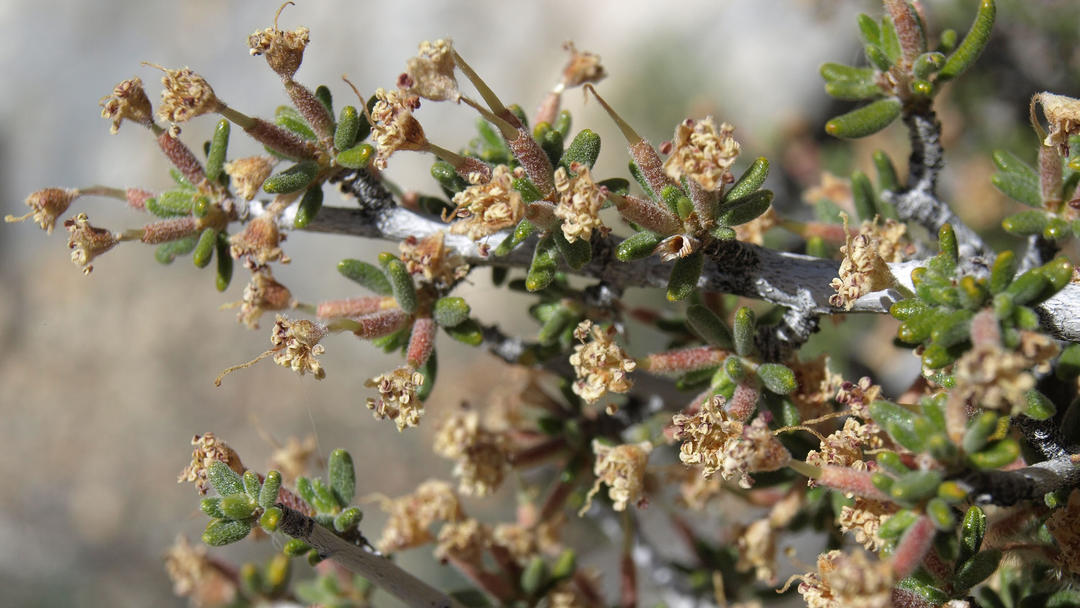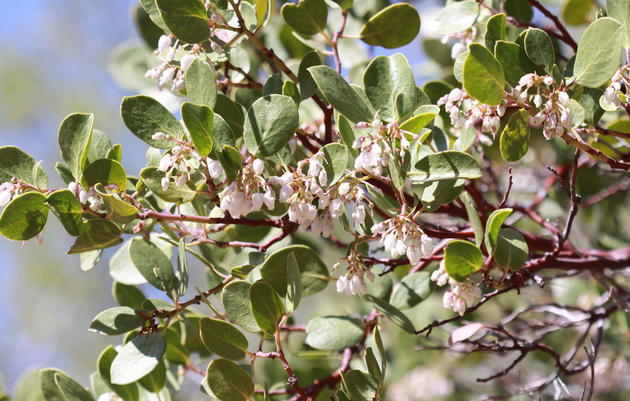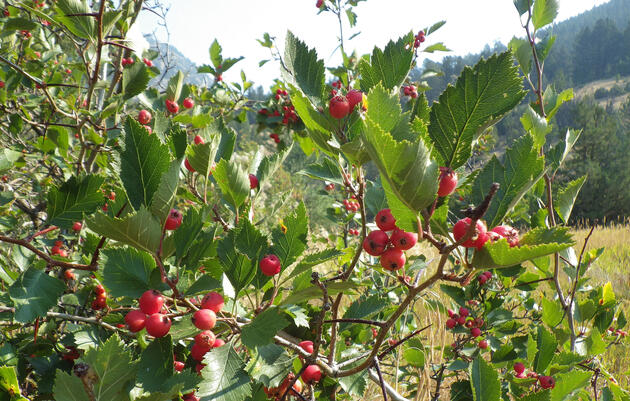Our Plant Profiles from Plant Select® feature plants that thrive in the Rocky Mountain region and also provide critical needs for wildlife.
Though winter’s coming to an end, this is a great time of year to look closely at dry gardens and landscapes to critique and make lists of needs for spring planting. Would the garden be more attractive if there were more plants with winter interest? Would birds scratching at the ground be safer from predators with the addition of native shrubs?
Mountain Mahogany: Versatile Native Shrubs
A good place to look for ideas is in surrounding native habitats to find plants with characteristics that would enhance more cultivated landscapes. In many of the states west of the Mississippi, we’re blessed to have about ten species and subspecies of the group of plants known as mountain mahogany (Cercocarpus).
Littleleaf Mountain Mahogany
One of the unsung heroes of the group is Littleleaf Mountain Mahogany (Cercocarpus intricatus). Found growing in the wild primarily in western Colorado, Utah, northern Arizona, and Central California, this densely branched, slow-growing shrub may be the perfect choice for many situations. It’s pest-free, seldom browsed by deer in cultivated situations, and requires almost no care once established. In the nursery or garden center the plants are often passed over for flashier, showier options, but once in the landscape, these plants flourish and grow in even in the harshest conditions.
Narrow leaves that are 1 to 1.5 inches long are held year-round on greyish, twiggy stems. In spring the plants are densely covered with small, fragrant reddish-yellow flowers. Once the flowers are pollinated, long-tailed seeds cover the plant producing a feathery, ethereal “glow” until wind disperses the seeds.
The name “mahogany” comes from the reddish color of the inner wood. The genus Cercocarpus, comes from Greek terms meaning “tailed fruit”, and the species name means “intricately-branched.” The genus has recently been placed in Dryadoideae, a subfamily of the rose family (Rosaceae). All of the members of this subfamily have root nodules that host nitrogen-fixing bacteria, an important characteristic for plants growing in soils with low fertility.
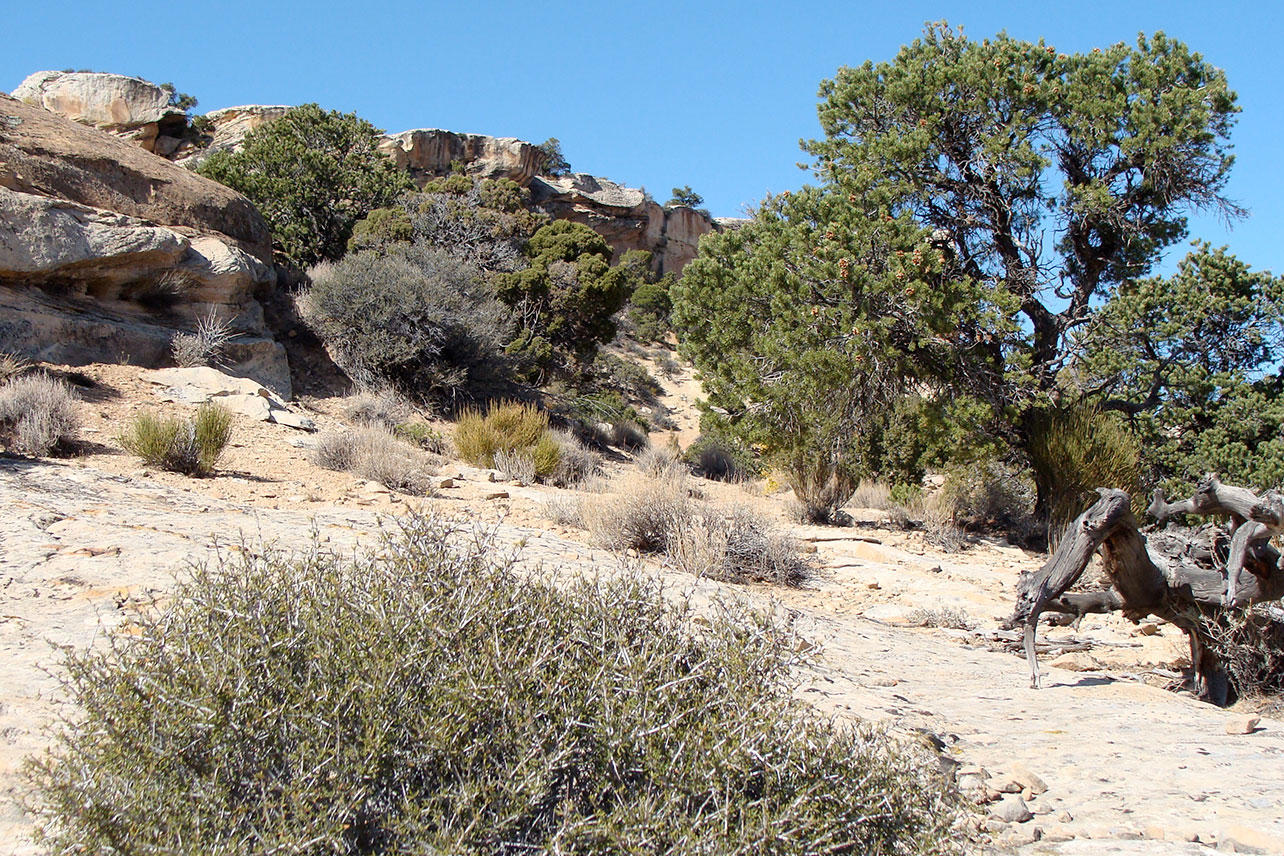
Wildlife benefits:The dense branching habit offers excellent cover for songbirds year-round, and the small, flowers that appear for two to three weeks are an excellent source of nectar for bees in spring.
Growing tips: Littleleaf mountain mahogany is a very slow-growing broadleaf evergreen shrub that requires no additional irrigation once established (about two years or so). In wetter conditions the plants will be lusher with a more open habit; plants are dense and shorter in very dry sites. Plants can easily be pruned or even sheared to shape if desired, making them appropriate for formal garden designs.
At a glance:
- Height: 6-8 feet
- Width: 4-6 feet
- Hardiness: USDA zones 3-9
- Growth habit: dense branching with upright form in cultivated landscapes, more rounded in the wild
- How to Use: As a small-scale hedge or specimen in drier gardens or landscapes.
- Culture: Needs full sun, but requires no additional irrigation once established.

